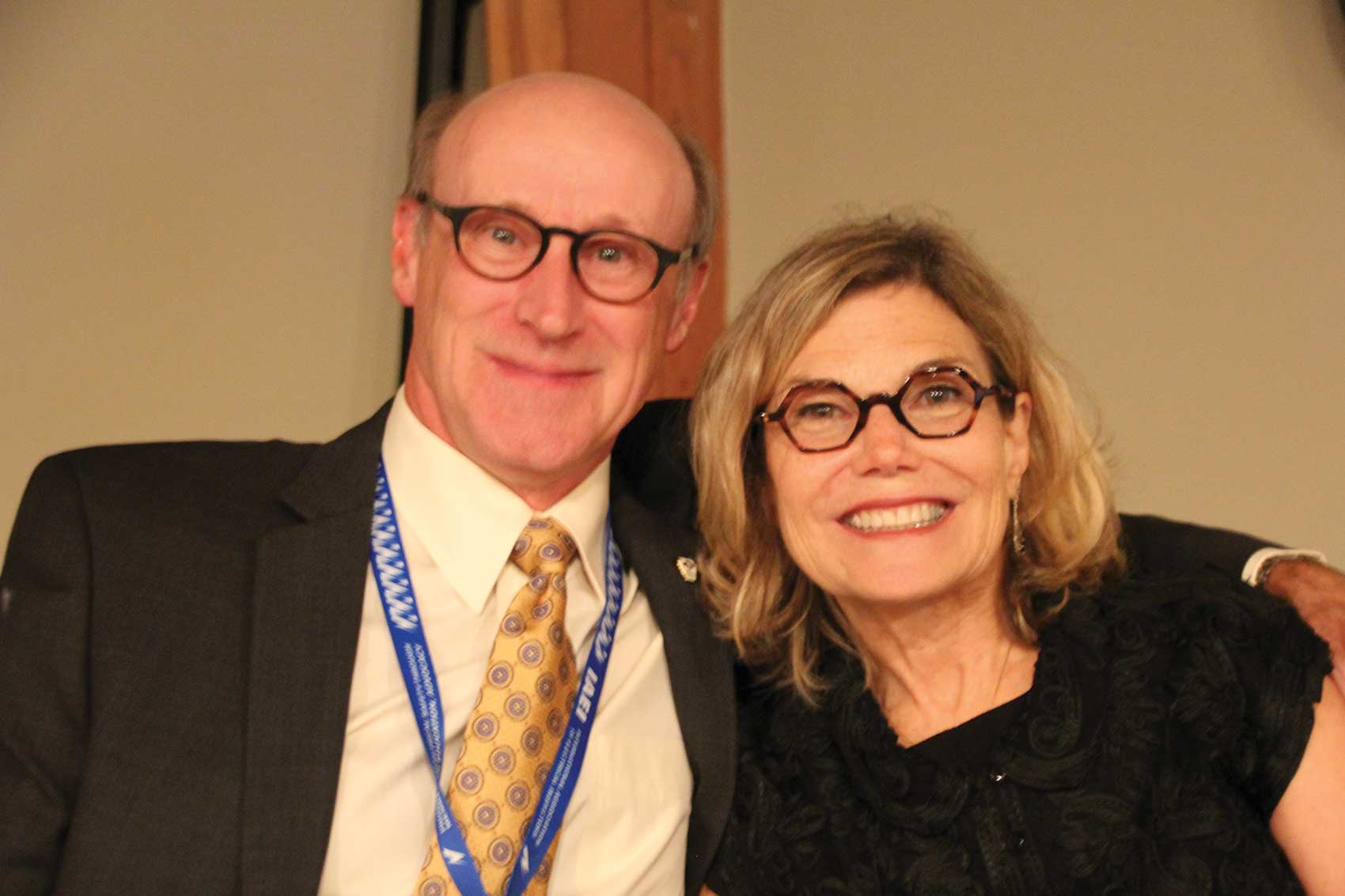“You may delay, but time will not,” Benjamin Franklin once said. How applicable is this quote to adopting safety codes promptly?
I recently attended the National Fire Protection Association (NFPA) Annual Expo and Conference held in Las Vegas, and the Canadian Standards Association (CSA) Annual Conference held in Vancouver, British Columbia. In Las Vegas, subject matter experts voted on changes that will be incorporated in the 2017 edition of the National Electrical Code (NEC) which is scheduled to be released in September 2016. The CSA Part 1 committee voted on changes that will be incorporated in the Canadian Electrical Code, Part 1 (CECode) 2018 edition, in January of 2018.
In advance of these meetings, a tremendous amount of work was accomplished: numerous meetings and conference calls being held to review public inputs, comments, and proposals received from various stakeholders all before new, revisions or additions are approved to be incorporated into the Codes. The development of these safety standards is based on a balanced matrix of industry professionals and through a consensus process. IAEI technical committee members play a major role in this consensus process as they bring forth the inspectors’ perspective and knowledge. The North American electrical safety system has proven to be very effective in providing a high level of public safety, and the Codes are the foundation in ensuring that electrical installations are safe from fire and shock hazards.
A number of stakeholders are involved in the development and use of safety standards: design engineers, certification agencies that develop product standards and perform product certification, manufacturers, organizations, installers, and those that inspect installations ensuring compliance understand the importance of keeping electrical codes current. As I have stated many times, I have a difficult time understanding the rationale behind why a jurisdiction does not adopt the current edition of the Code promptly. The most recent codes allow for the installation and inspection of new products, technology and systems. In fact, the NEC 2017 edition has five (5) new articles not covered in prior editions. When research proves there are safety concerns, the Codes need to be revised and up-to-date.
If you were to build a house today, would you want your electrical system based on a standard that was developed in 2008 or 2011? Wouldn’t you want the most advanced electrical system and technology to protect you, your home, and to increase your property value?
Today’s technology is changing so rapidly that it is difficult for the Codes to keep up based on a three-year cycle. Just look at the advances in technology related to photovoltaics and how it has changed in the past year.
In Canada, the CECode is the safety standard adopted by all Provinces, Territories, and Municipalities. When a new addition of the CECode is published, it is normally adopted within a year after publication. Some jurisdictions in Canada have requirements built into their Act and Regulations that allow for automatic adoption within a certain timeline after publication, and others have a consultation process with stakeholders.
The process of adoption is much different in the United States. Individual states, or municipalities decide if and when to adopt the National Electrical Code (NEC). Six states are still on the 2008 edition of the NEC, and three states with no state-wide adoption. Why is this? I encourage you to work with your jurisdiction and stress the important of adopting the current codes promptly without amending by taking our specific safety requirements such as AFCI protection. Don’t underestimate your ability and influence to make change.
The NFPA Electrical Code Coalition website www.electricalcodecoalition.org/ has excellent information on Code adoption and also identifies which edition of the NEC is current in each state. In addition, in the July/August edition of IAEI magazine, “Electrical AHJ Study 2016,” by Laura Hildreth, provides state-by-state information on the number of AHJs and which edition of the NEC they currently enforce.
With the 2017 NEC becoming available this September, it is the perfect time to attend one of the IAEI Section Meetings to learn about the major code changes taught by those directly involved in the Code development process.
So getting back to Benjamin Franklin’s quote. How important is it to adopt the current codes?













Find Us on Socials